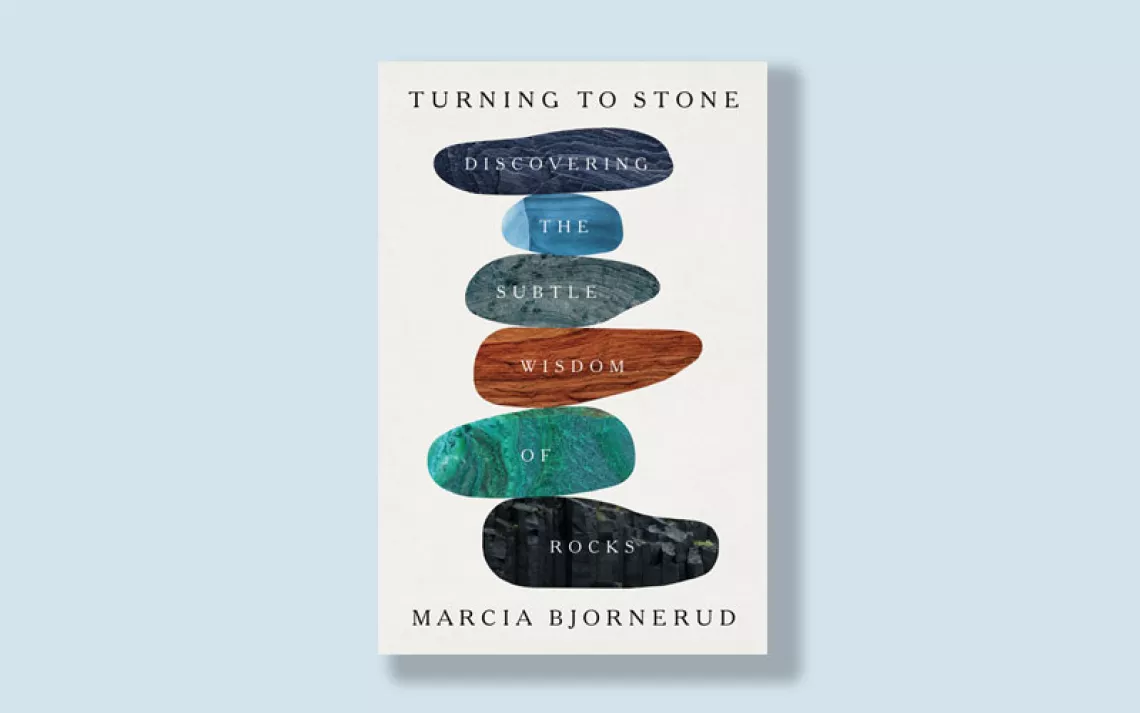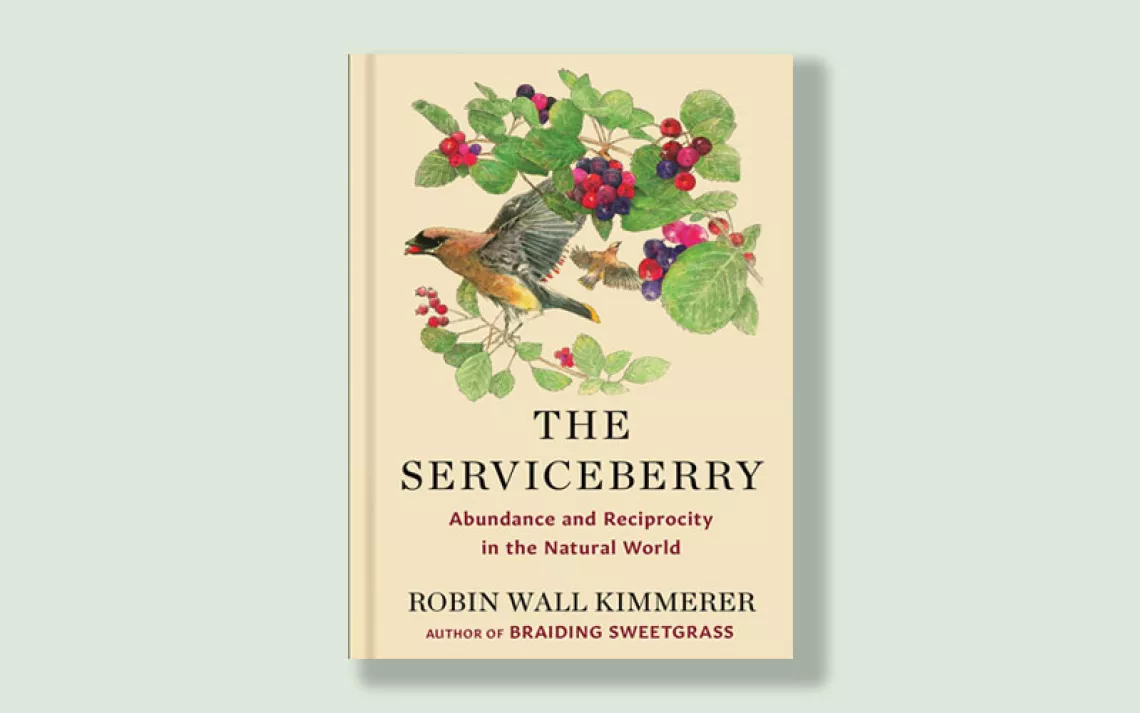Exploring a New Age of Disaster Tourism
The climate crisis and tourism collide in Yun Ko-Eun's new novel
 The rules at Jungle are simple: Once you begin a trip, you cannot cancel, and you cannot leave. Yona Ko, an employee of the company—which offers “disaster tourism” to thrill seekers looking to visit locations laid waste by catastrophe—figures this out the hard way. She attempts to return home to Korea after several ominous mishaps leave her stranded on Mui, a recently devastated Vietnamese desert island, one of the thousands of morally questionable destinations Jungle offers its clientele.
The rules at Jungle are simple: Once you begin a trip, you cannot cancel, and you cannot leave. Yona Ko, an employee of the company—which offers “disaster tourism” to thrill seekers looking to visit locations laid waste by catastrophe—figures this out the hard way. She attempts to return home to Korea after several ominous mishaps leave her stranded on Mui, a recently devastated Vietnamese desert island, one of the thousands of morally questionable destinations Jungle offers its clientele.
“Adventures like these,” Yun asserts, “reinforced a fear of disasters and confirmed the fact that the tourist was, in fact, alive.” Yona similarly grapples with the boundary between life and death—and her duties to work and to the people she encounters. Abandoning her original plan to assess whether Jungle’s Mui program is worth continuing, she instead becomes enmeshed in a series of strange events—involving a fake sinkhole, a scripted disaster, deadly vehicular accidents, doppelgängers, and a deus ex machina—that increasingly scramble her grip on reality.
The Disaster Tourist (Counterpoint, 2020) poses an uneasy question: Are we, as humans, observing the disaster or creating it? The characters each play a role in answering this. A petulant child in the tourist group wishes extreme violence upon the island for her own entertainment, and Yona’s decision-making around Mui dictates the fate of dozens of local inhabitants. Around Yun’s characters, the natural landscape absorbs, adapts to, and reacts to these interventions, providing hidden avenues for both destruction and redemption—depending on which path a character chooses.

Make every day an Earth Day
Get articles like this one sent directly to your inbox.
With this action you affirm you want to receive Sierra Club communications and may vote on policy designated by the Sierra Club Board.
This article appeared in the September/October 2020 edition with the headline "Welcome to the Jungle."
 The Magazine of The Sierra Club
The Magazine of The Sierra Club



